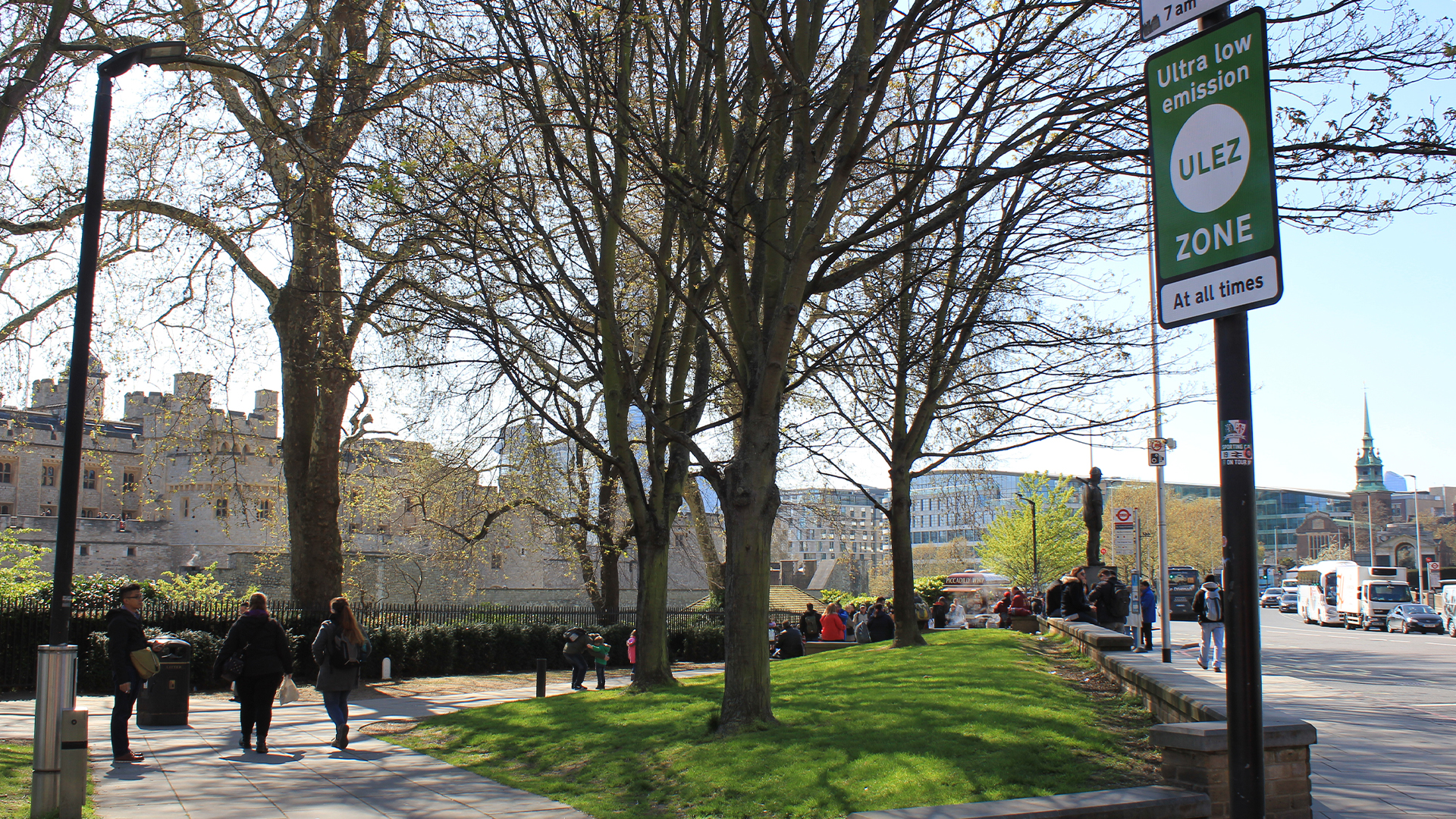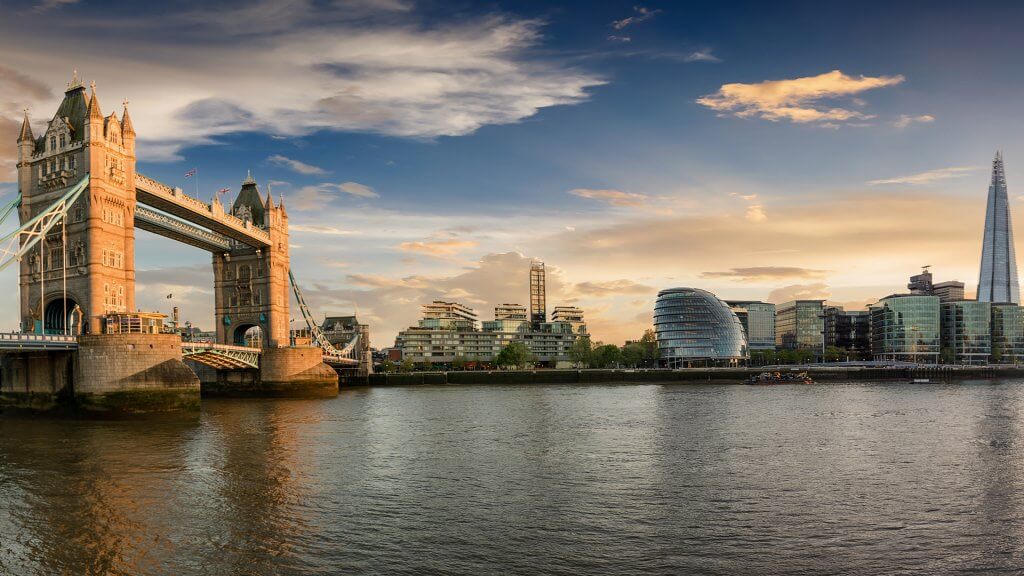
Signs bearing the latest Low Emission Zone (LEZ) guidelines have become a familiar sight in European urban areas, with 320 LEZs now in play across the continent and 500 expected by 2025.
The system has been praised for improving air quality in cities, while reducing overall road traffic and boosting the local economies in which they operate.
According to the latest statistics, Italy is blazing a trail with 172 LEZs across the country, followed by Germany with 78. Most other countries meanwhile remain in their infancy with each boasting fewer than 20.
But is this set to change in future?
Fueling company, Dover Fueling Solutions® (DFS), explore their impact and explain how Low Emission Zones (LEZ) may change the fueling topography of the continent in years to come.
Why are Low Emission Zones important?
The Clean Cities Report in 2022 cited the twin challenges of toxic air pollution and climate change as reasons for implementing LEZs.
According to the World Health Organization (WHO), air pollution is the biggest environmental risk to health, causing 300,000 premature deaths per year in the EU alone.
Starkly, EU air quality limits are reportedly being breached in over 100 cities across the continent. This places those living in urban areas at significant risk, meaning it is imperative that anti-pollution measures are taken.
Burning fossil fuels is the main cause of air pollution which includes emissions from factories, power plans and vehicles. Agriculture and its accompanying bi-products, methane and ammonia, are another leading cause while volcanoes, dust, pollen and wild fires are more natural contributors.
This not only pertains to physical health. The mental health benefits have also been corroborated.
Research demonstrates that small increases in air pollution are linked to rises in depression and anxiety amongst the urban populace. Cleaner air also means an improvement in intelligence and a lower risk of dementia too.
Looking ahead, expect to see LEZs supplanted by Zero Emission Zones. These have been trialled in European cities including Milan, Paris, Brussels, Madrid and Warsaw, with much success.
What are the recorded effects of LEZs across Europe?
This is all well and good in principle, but do LEZs bring positive effects in practice?
Well, the Clean Cities Campaign points to an average reduction in nitrogen dioxide emissions of around 20% across all LEZ areas. Further results were as follows:
London – 40%
Brussels – 33%
Paris – 24%
Lisbon – 22%
London’s (ultra) LEZ makes for an interesting case study. A study from Bath University established that less nitrogen dioxide pollution contributed to a 4.5% reduction in long-term health problems, in addition to an 8% drop in respiratory illness.
The healthcare cost savings in dealing with this are estimated at £963 million in the Greater London area alone. Experts also predict that London’s ULEZ has helped reduce anxiety by 6%. This can be explained by the positive neurological impacts of cleaner air added to the enhanced conditions for physical exercise.
In the light-duty vehicle arena, Rotterdam’s LEZ has reduced the number of severely polluting cars by half, with an accompanying 20-30% reduction in soot.
The benefits of LEZ schemes extend beyond cleaner air too. This includes more stable traffic flows with little recorded negative business impacts.
How is LEZ affecting clean fuel adoption?
It could also be said that LEZ are changing the face of refueling across the continent.
In the European Commission’s 2050 long-term strategy, alternative fuel sources such as electricity, Hydrogen, LNG / CNG and biofuels were outlined as cleaner alternatives to fossil fuels within the transport sector.
Because these power sources rely less on the burning of fossil fuels, they can in turn, help to reduce air pollution, particularly in urban areas with a higher volume of traffic.
As a result, electric vehicle (EV) adoption, and therefore EV charging infrastructure, has been concentrated around cities – particularly those with an LEZ in place. For example, areas with an LEZ (or a planned LEZ) in operation, reached remarkably higher levels of EV penetration than their national averages.
89% of new vehicle registrations in Oslo, for instance, were Battery Electric Vehicles (BEV) or Plug-in Hybrid Electric Vehicles (PHEV), followed by Amsterdam (31%), London (22%) and Paris (20%).
Across other alternative fuels, there is a correlation too. While liquified natural gas (LNG) refueling stations tend to lie outside the bandwidth of LEZ boundaries, there’s a notably higher concentration of LNG stations within countries that have implemented LEZ and ULEZ.
This certainly shows that LEZs are having a positive impact on clean fuel adoption.
Whether this means that traditional city centre refueling stations will become a thing of the past remains up for debate, especially with the sale of ICE vehicles still permitted – in some countries – beyond 2030. One possibility, however, is that given the rise of LEZs, petrol and diesel stations may be pushed further and further out of the city and along motorway infrastructure.
Conclusion
The growth of LEZ and ULEZ across the continent has been a defining feature of recent years and looks set to continue in future.
This has brought some impressive benefits from cleaner air to better physical and mental health and reduced congestion.
There certainly appears to be a positive correlation between these zones and cleaner transport adoption, with motorists looking to combat daily charges and embrace more sustainable driving practices.
This may mean that those in more urban and metropolitan areas transition quicker than those in more rural areas, but the long-term effects remain to be seen.
























